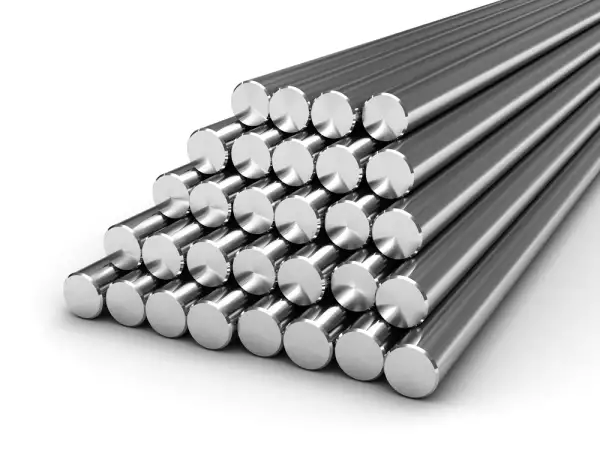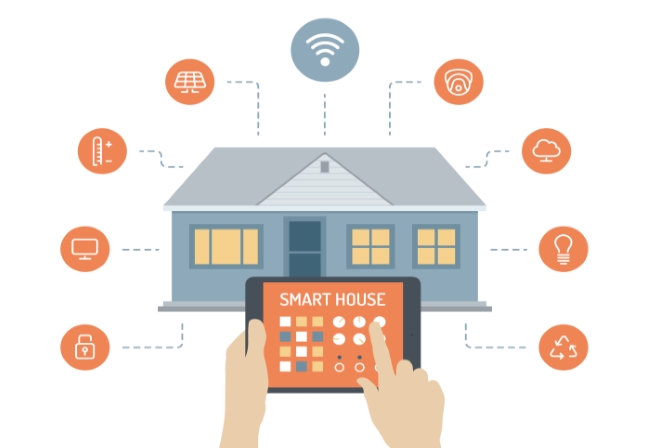
Heating, water supply, sewerage and electricity are the minimum necessary engineering for a country house. But there is no limit to perfection. Technologies are evolving, as a result, new engineering systems and communications corresponding to the level of the XXI century appear. The question of regulating the operation of such sophisticated equipment presents itself a certain problem. A dispatching engineering system, so to say, "first among equals" is intended to solve this task. Material possibilities of house owners determine the spectrum of automation - local or complex one. In the latter case, it means the technology of "smart house", correcting the operation of the entire building and land lot engineering.
What is a «smart house»?
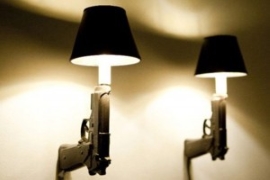
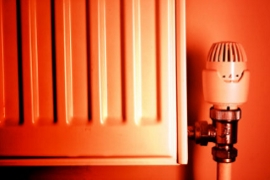
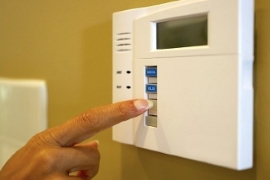
Components of a smart house: lighting, heating, access control
Lightning was the pioneer, if we can call it so, on the way of intellectualization of engineering systems. The possibility of setting different lighting scenarios in a country house is particularly relevant for our far from solar latitudes. Introduction of innovative management technologies can not only turn on and off the light in accordance with the program, but also to adjust the degree of illumination, adjust the brightness of lamps or focus lightning in any area of the room, and for LEDs - change the color scheme. A significant role in light management is played by well-known motion sensors that provide automatic switching of light. Each sensor is given light level at which the movement is fixed, and the time interval during which light will be on, it is set individually by the user. Various types of sensors (pressure, leakage protection, thermostats of smoke and overheat) regulate the operation of "smart" heating and water supply, and ensure comfortable living and energy savings, especially relevant in the conditions of constant increase of prices.
Operation of the majority of engineering house systems, including the intelligent control center, depends on various appliances. As a rule, the total capacity of these "comfort-making" electricity consumers tend to be much higher than the average electrical load of a city apartment. It's a good chance!
But this situation requires a special approach in the selection and installation of electrical engineering, given that in our "cities and towns," the problem of voltage fluctuation is very relevant. Therefore, the power structure should be planned taking into account the problems of leveling the problem of instability of its parameters, provision of better security measures and optimization of the electric mode. To protect electrical equipment a huge number of different devices is used: differential machines, RCD, transformers, voltage regulators (resistors), power supplies and surge protectors. Particularly powerful power load is commutated through the protective relays and relay units.
«Vertical of power» in a country-house electricial equipment
Coordination of all components of the "smart house" is performed by the controller. There are several options for combining controlers into a single system. The centralized "smart house" has a central controller that receives signals from command devices, which are then sent to the execution units. Various engineering systems have their own microcontrollers, but only the central controller performs the control.
This scheme of automation requires space for installation of system components, and the installation is only possible during the construction of the house (or expensive repairs). But the main disadvantage of a centralized "smart house" is levelling of all the advantages of a high-tech system in case of failure of the central controller. Therefore, e a decentralized system with several peripheral controllers is considered to be more "cutting-edge", in which each unit is designed for collaboration with other elements, and for independent exercise of their functions. The controller is connected to the control bus, and the bus cable connects all devices, integrating them into a single system. Sensors, that is different sensors and thermostats, at the change of any characteristics transmit the signal to actuators, regulating operation of engineering systems.
In order to reduce the cost of the system it is possible to replace an expensive branded controller with a PC, which will perform the role of the central coordinating unit. Moreover, many equipment manufacturers of "smart house" used protocols and standards adopted in the computer world. Of course, this requires some knowledge, but, in principle, it is easier to manage the program and to introduce new elements into it on a computer. It is clear that the sensors are not connected directly to the computer, each sensor node has a microcontroller that processes information on the basis of the program.
What you have to consider in advance
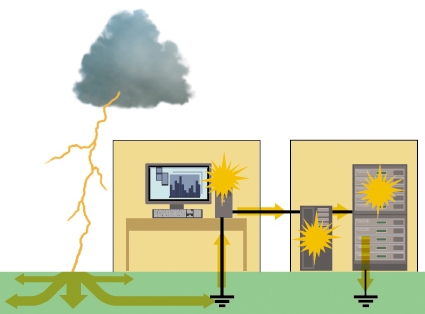
Secondary lightning effects
In general, in terms of improvements of house electrics, there is no limit to perfection. However, equipment of a "thin" level, which is the base of the concept of a "smart house", is subject to a risk of surge voltage. Pulse bursts are different from a standard overvoltage or overload in exposure time. It would seem that it's only an impact of a few microseconds, but that is enough for electronic equipment. Lightning discharges and commutation process in power supply networks are the cause of surge voltages. Grounding of lightning rods significantly weakens the impact of the discharge, but it is not enough for safe operation of equipment. Moreover, external lightning protection does not solve problems with overvoltage due to commutation of the equipment or its switches. Internal devices protecting from surge overvoltage are intended for that. It can be surge arrestors of various types and voltage-depended resistors. Combinations of voltage-depended resistor and a connected surge arrestor in parallel, separating transformers are used, and protection diodes are used for communication devices. It is obvious that each overvoltage limiter has its own specific application.
SPD (surge protection devices) can be mounted only on input, but in a "smart house", they must be connected to all the protected devices. Also, the devices are mounted on sockets, into cable channels and switchboards. The thing is that one device is not able to throw off surge currents to the ground, so the number of the SPDs may differ from case to case.
Problems and solutions
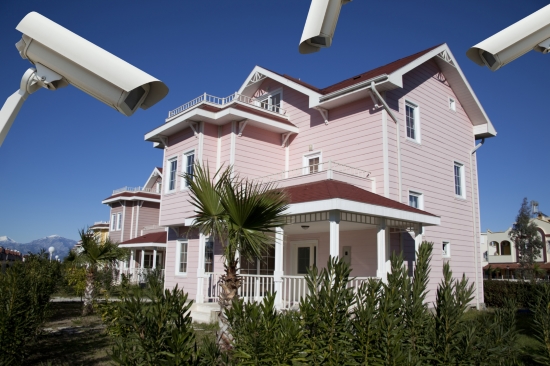
Video surveillance system
Let's study, video surveillance installation, for example - the basis of security systems of country houses. The breakdown of video equipment is practically an ordinary thing, though it may seem strange. The reason of the breakdown is just in the surge caused by either lightning strikes or commutation surges. As already mentioned, a lightning rod and grounding do not protect surveillance electronic equipment and other options of a "smart house". Besides, illiterate installation of surveillance cameras in the immediate vicinity to lightning rods (if not directly on them) dooms the system for short existence. An important factor of video equipment security is grounding of equipment. Of course, it is impossible to replace grounding by neutralizing, using N of the electric network as a ground bus. Grounding contour runs along the perimeter of a few rods, connected by the conductor, to which connects the ground bus of the protective shield of all cameras is connected. The second necessary measure is screening of equipment and cables (metal hoses and ducts). This will minimize the effect of the induced currents and voltages caused by electromagnetic fields from the lightning current. Finally, SPDs should be mounted near the cameras in the panel - on all input / output lines of all the equipment. Moreover, the cables must be connected via the SPD with the potential equalization system to avoid insulation breakdown due to a surge. To do this, a bus, connected with copper conductors, grounding terminals of camera cover, power supply and surge protection device are located near the camera. Conductors of the supply line and grounding are also connected to this bus. SPDs are mounted to protect inputs and outputs on the reciever (voltage regulators, etc.). It is obvious that installation of a video surveillance system in accordance with electrical safety regulations and equipment protection cab only be performed by specialists, but house protection is not just video surveillance. The same can be said about house fire safety: wrong equipment or unskilled installation can negate all the efforts and expenditures of house owners, and the protection of the house will remain doubtful. Given the complexity of the multi-functional "smart house" system, we can only guess, what problems may a non-professional installation and incorrectly chosen equipment incur. Entrust electrical safety of you house only to professionals!
Our tecnicians will be happy to make correct design of grounding contours and choose necessary protection devices from surge overvoltages. Contact us to get advice!
See also:
- SPDs for exterior surveillance
- SPDs for satellite TV
- SPDs for access control and burglar alarms
- Surge protection of single-family houses
- Ready solutions for complex surge protection
Related Articles:
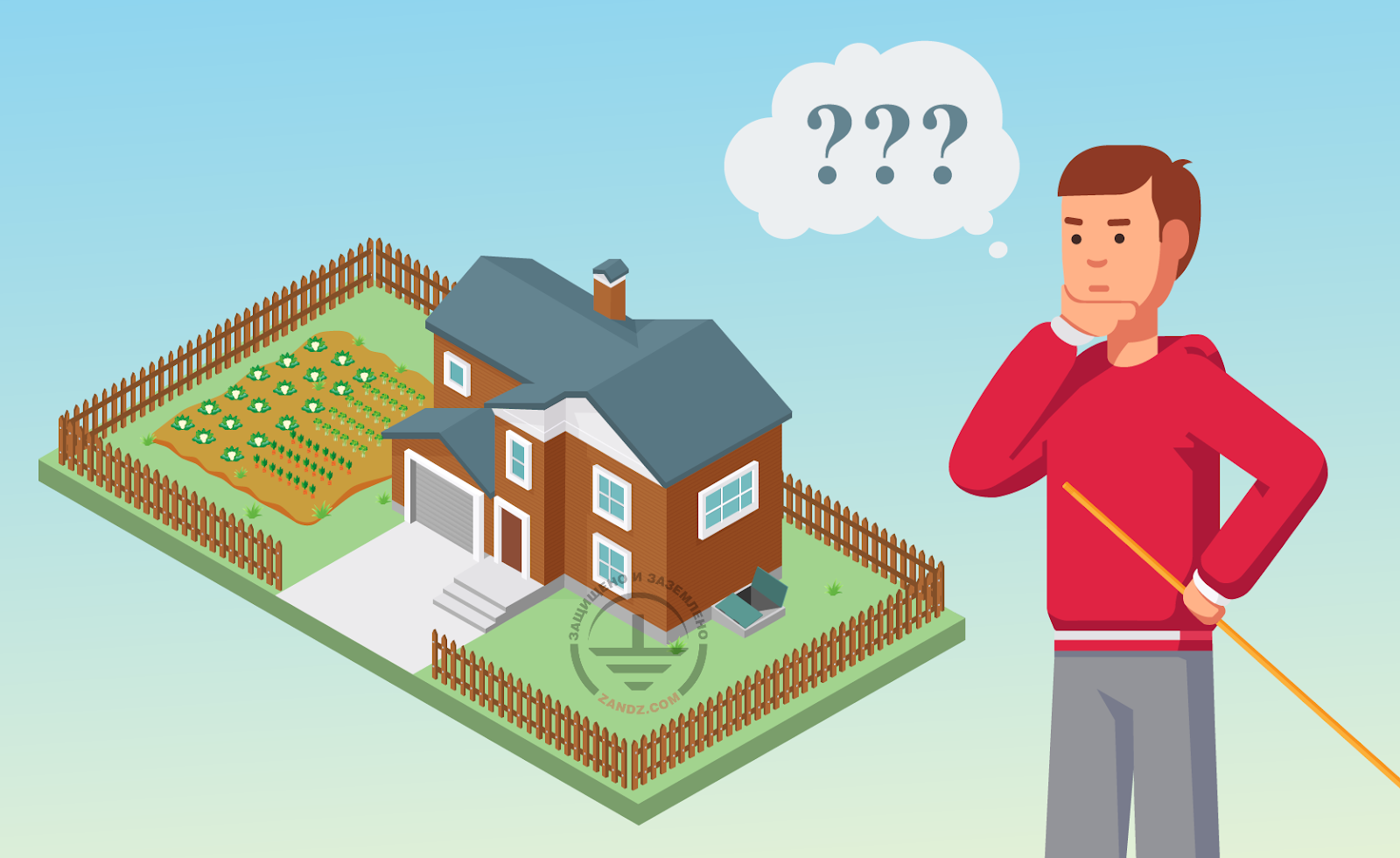 Grounding in the cellar of the single-family house - is it possible?
Grounding in the cellar of the single-family house - is it possible?
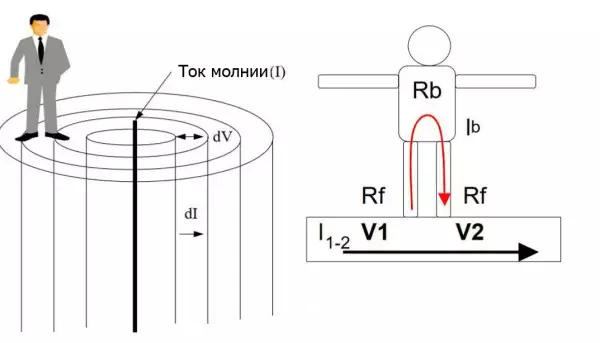 Step Voltage: Dangerous Obscurity and Reliable Protection
Step Voltage: Dangerous Obscurity and Reliable Protection
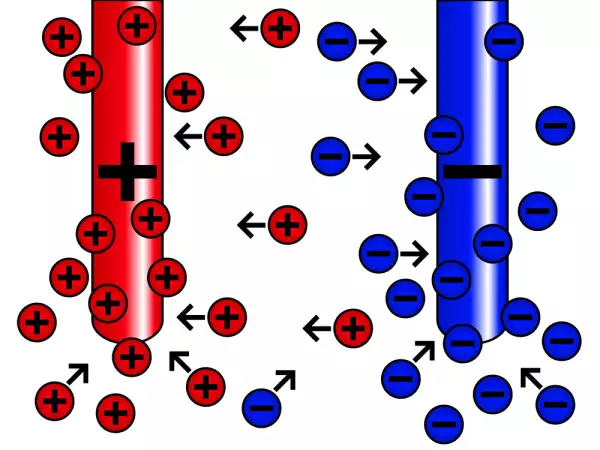 Nature of Electrochemical Corrosion
Nature of Electrochemical Corrosion
 Public Safety in Land Transport in case of Direct Lightning Strike
Public Safety in Land Transport in case of Direct Lightning Strike
